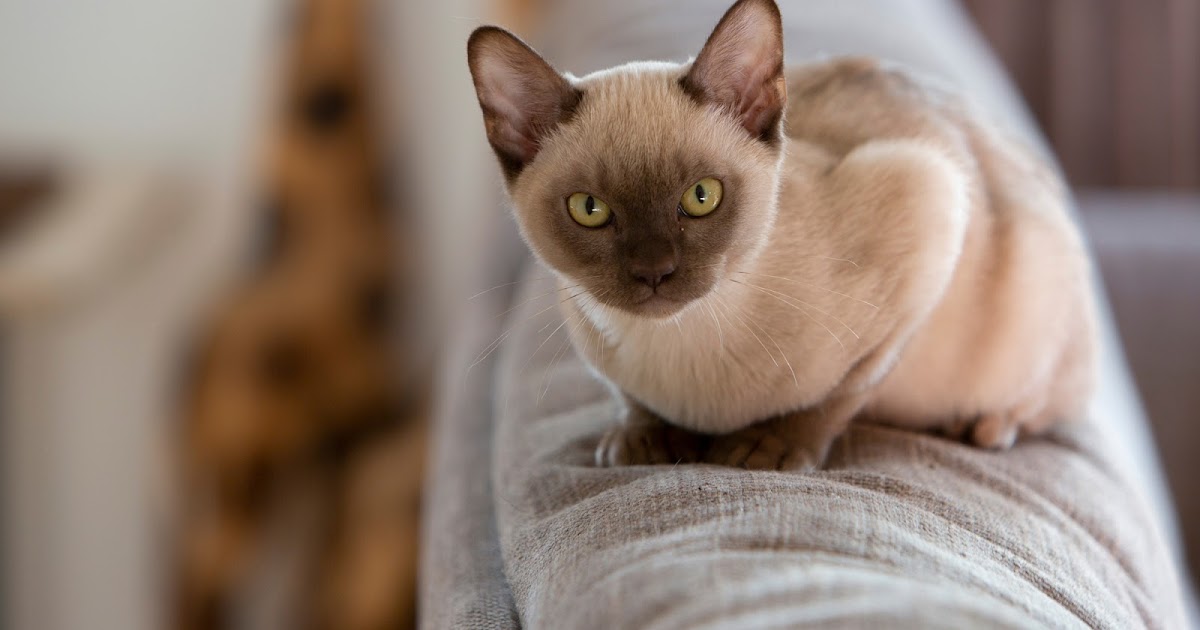[ad_1]
And mixed breeds live longer, on average, than purebred cats.
 |
| Photo: SeraphP/Shutterstock |
By Zazie Todd PhD
This page contains affiliate links which means I may earn a commission on qualifying purchases at no cost to you.
Researchers have created new life tables for domestic cats that show how long they live on average, and how much longer their life is likely to be at any given age.
The study, which is published in Journal of Feline Medicine and Surgery, uses data from cats in the UK that are in the VetCompass database which includes primary veterinary clinics across the country. The data covers almost 8,000 cats who passed in 2019, 2020, or the first 3 months of 2021.
While the average cat lived 11.74 years from birth, the data also shows how much longer a cat is likely to live once they reach a particular age. The results show that a cat who is 9-10 years old is likely to live for another 6.08 years, while a cat who is 12-13 years old will likely live another 4.24 years.
For those with very senior cats, the good news is that a cat who is 15-16 likely has another 2.72 years, and if they are 19-20 then another 1.40 years is the average life expectancy.
Female cats generally live more than a year longer than male cats, with an average life expectancy of 12.51 years and 11.18 years, respectively.
Only 2 of the breeds studied tended to live longer than a mixed breed cat (aka a moggie), and they were the Burmese and Birman, with a life expectancy of 14.42 and 14.39, respectively, compared to a moggie’s 11.89.
The shortest lived breed in the study is the Sphynx, with a life expectancy of only 6.68 years. Although there are a number of medical conditions that can be associated with this breed, this result is still a surprise. More research on the health and welfare of Sphynx cats would be welcome.
The Bengal has a life expectancy of 8.51, while the Norwegian Forest Cat, Maine Coon, Russian cats (including Russian Blue), and British cats (which includes British Blue and British Longhair) all come in at just under 10 years. The Persian and Ragdoll breeds have a life expectancy of over 10, and the Siamese of over 11.
Another interesting finding is that the average weight of cats in the study was 5.5kg, which is higher than is usually recommended for a cat. However, it was cats who were different from this average that had a lower lifespan. This suggests the possibility that being just a little bit overweight might actually have a protective effect on how long cats live. However, more research is needed.
These results are from the UK and may be different from other countries due to differences in genetic pools and also in how cats are kept and cared for.
As well, these results are better than most previous studies which may, at least in part, reflect improvements in veterinary care.
These results will be reassuring to many cat guardians, especially those who already have a senior cat.
Reference
Teng, K. T. Y., Brodbelt, D. C., Church, D. B., & O’Neill, D. G. (2024). Life tables of annual life expectancy and risk factors for mortality in cats in the UK. Journal of Feline Medicine and Surgery, 26(5), 1098612X241234556.
As an Amazon Associate I earn from qualifying purchases. As an Etsy affiliate and Marks and Spencer affiliate, I earn from qualifying purchases.
[ad_2]
